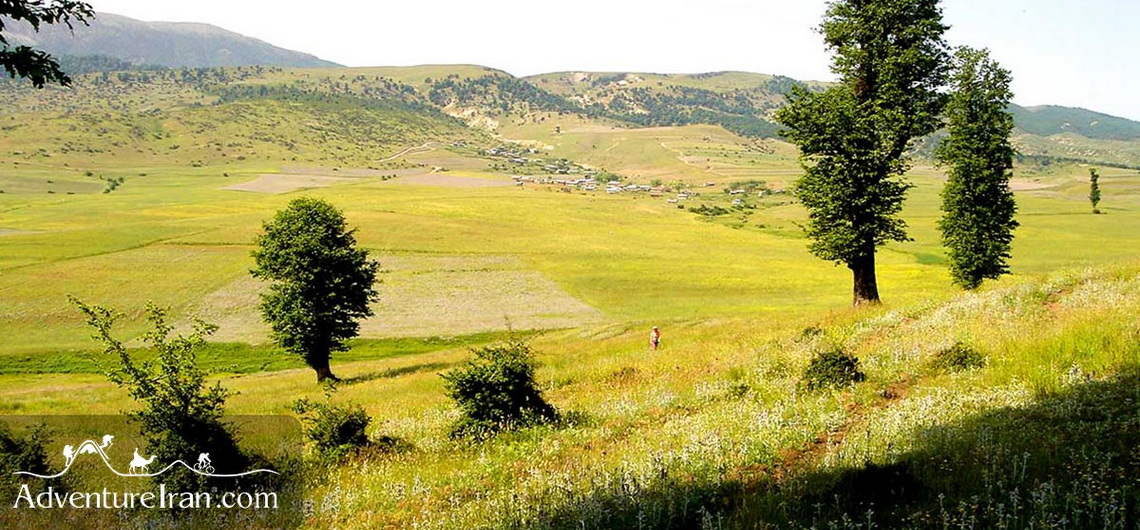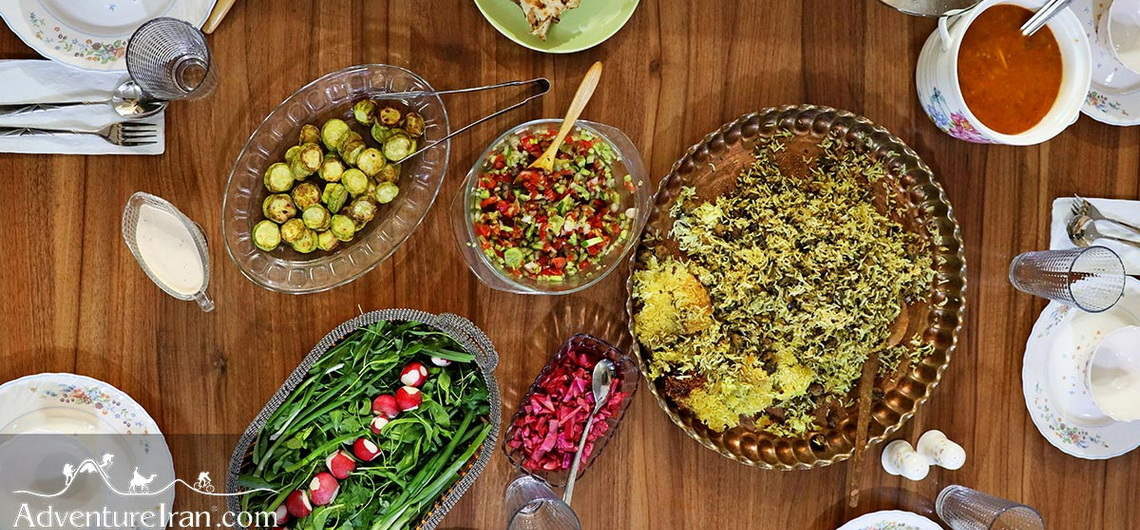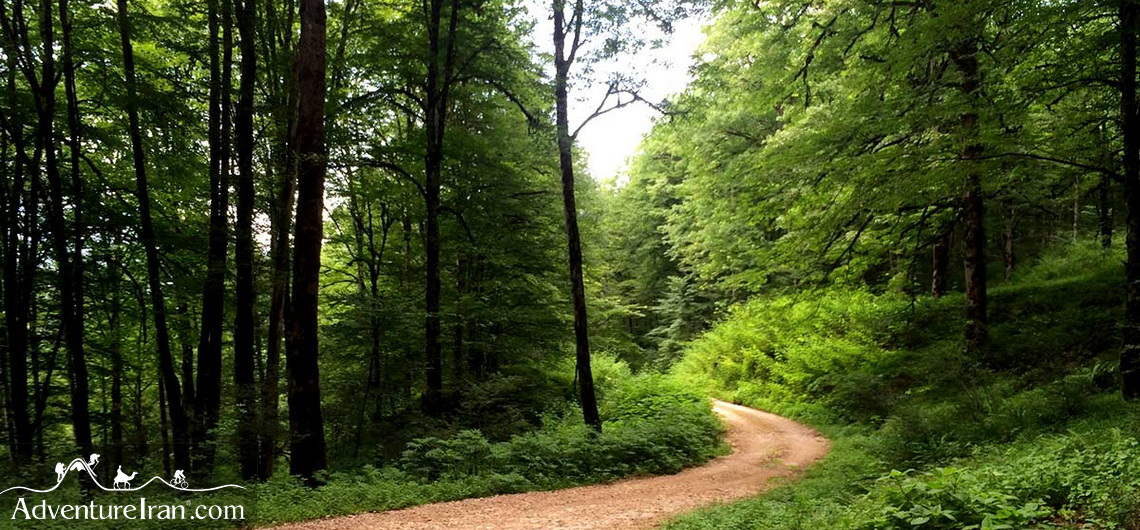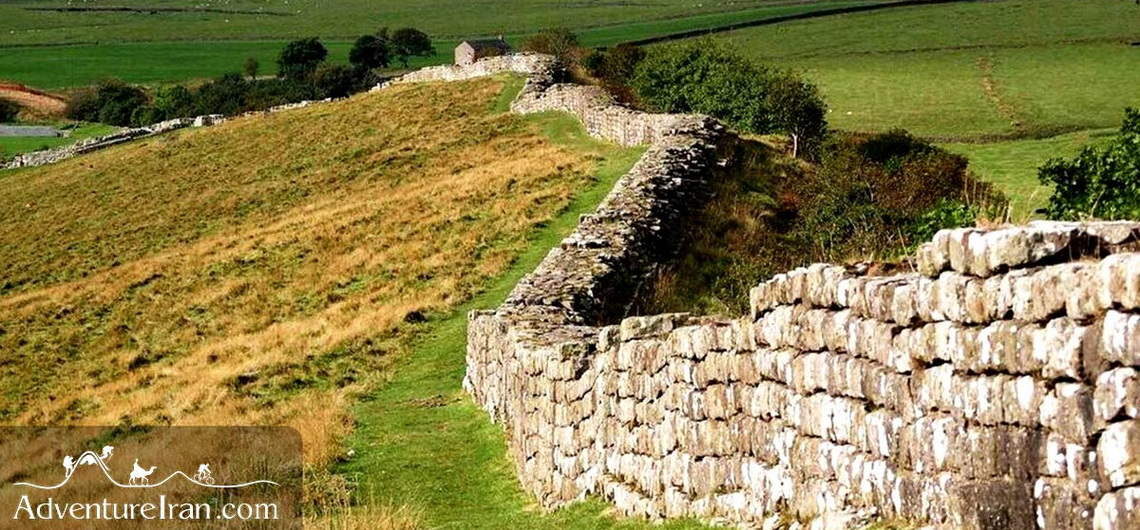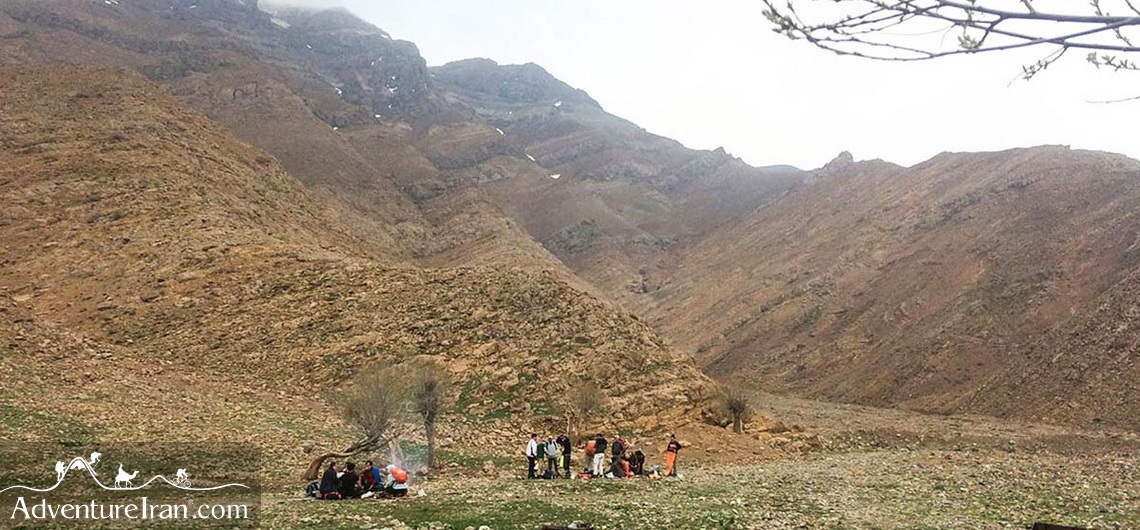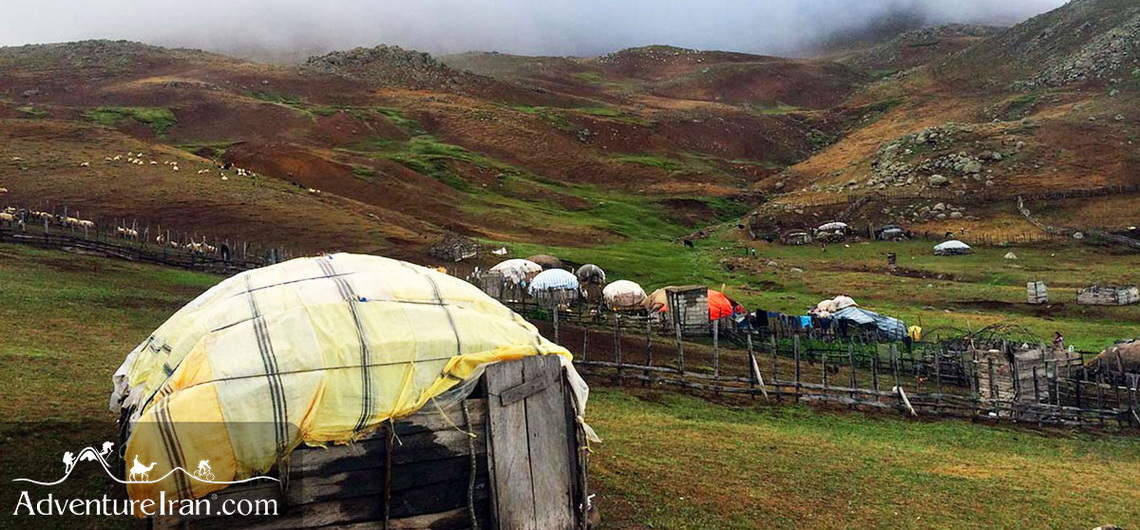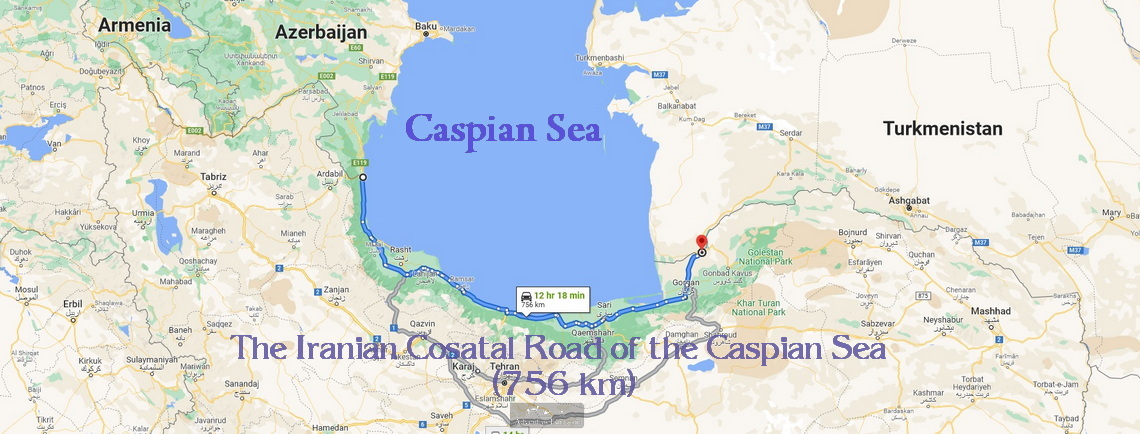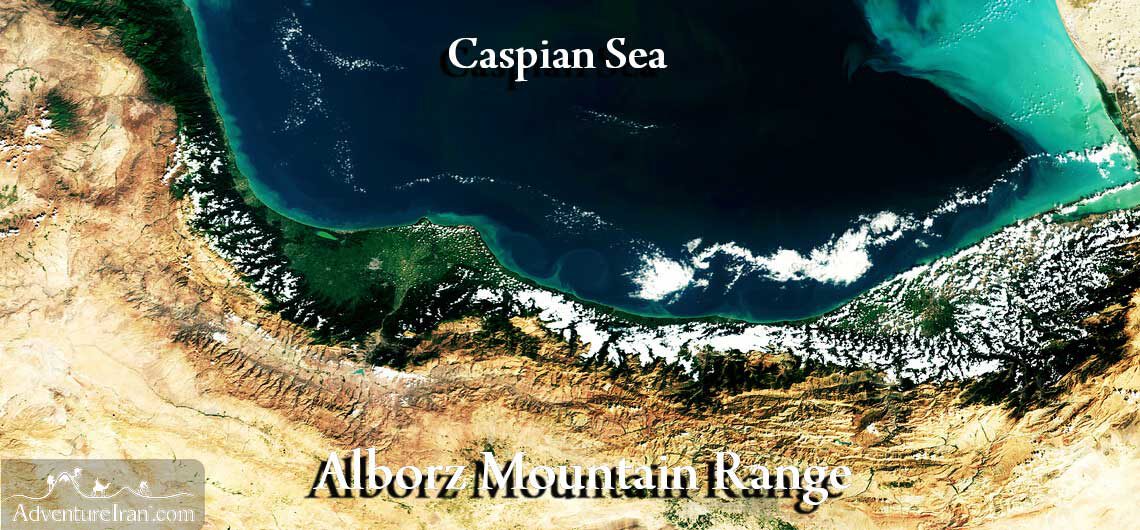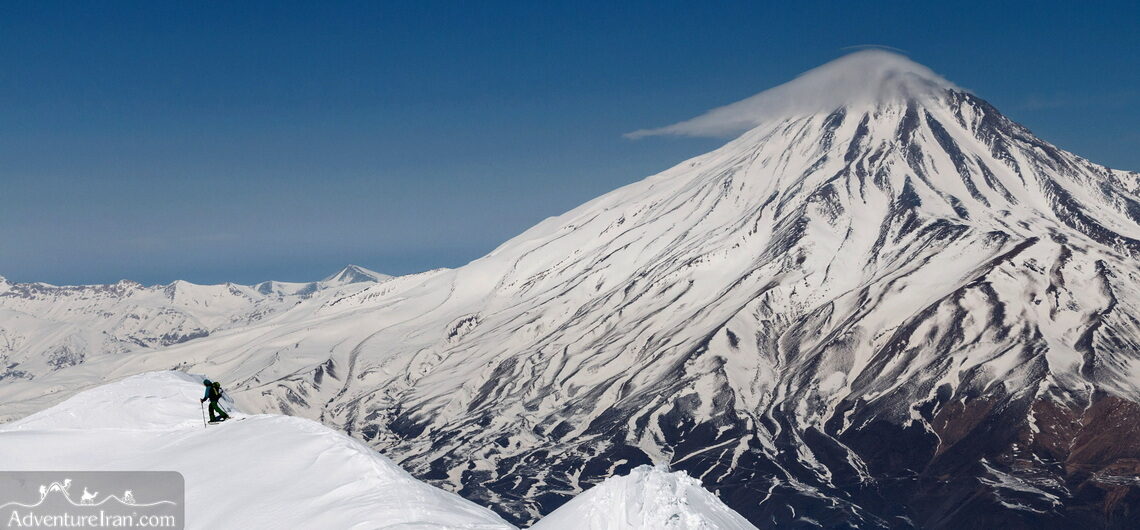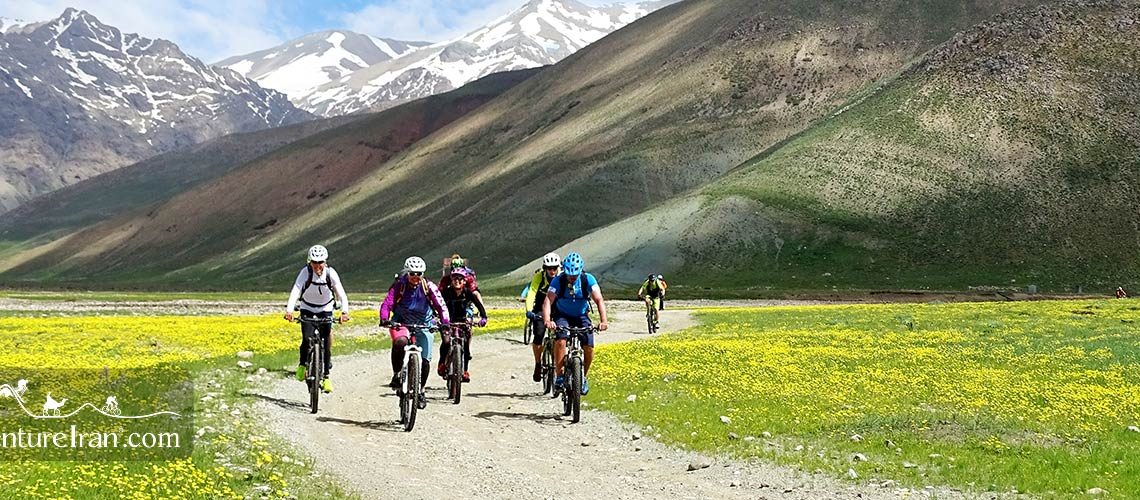Jahan Nama Protected Area A small village of Jahan Nama by the Caspian Sea gave the name to the vast Jahan Nama Protected Area in the Golestan Province in Iran. With rich wildlife, including wild sheep and goats, wolfs, panthers, bears, weasels, owls, eagles, cuckoos, woodpeckers, and porcupines, Jahan Nama is also famous for its variety
Iranian foods and Persian Cuisine
- Foods & Drinks
- Adventure Iran, Avicenna, Delicious traditional food, Iran Deserts, Iranian Cuisine, Iranian Food, Iranian food culture, Iranian traditional food, Persian Cuisine, Persian dishes, Persian Food, Persian medicine, Persian traditional food, The Canon of Medicine, The Caspian Sea, the Persian Gulf
Iranian Foods and Persian Cuisine Iran has numerous ethnic groups and tribes in its vast and historic land. Each ethnicity and tribe have its own traditional food according to geography and climate. The type of Iranian foods and Persian cuisine in the hot regions such as the Iran Deserts is very different from the northwest
Hyrcanian Forests in Iran (UNESCO) Iran has a large number of national parks and protected areas, including two Natural UNESCO World Heritage Sites, one of which is the Caspian Hyrcanian Forests. Located in northern Iran along the southern coast of the Caspian Sea and the northern slopes of the Alborz Mountains, the forest covers
Great Wall of Gorgan The remains of the Great Wall of Gorgan, also known as “The Red Snake Wall” due to the color of its bricks, are located in northern Iran in the Golestan Province. Dating back to the Sasanid dynasty, the wall was originally built in approx. 420-530AD, which makes it 1,000 years older
Dasht-e Havij in Iran Dasht-e-Havij or Gor Chal plain, at an altitude of 2,700 m, is situated 400 meters above Afjeh village in Iran. It is one of the most famous attractions in the Lavasanat district (northeast of Tehran in the central Alborz Mountains). Havij means Carrot and Dasht-e Havij means literally a ‘big carrot
Highlands of Talesh in Iran Talesh also spelled Talysh and Talish, is a region in northwest Iran, west of the Alborz Mountain range along the southwest of the Caspian Sea. The Talesh area is believed to be the place where the Aryan People first settled (They are Indo-European people who moved down from, what are
Iranian Caspian Sea
- Attractions, Destinations
- Adventure Iran, Alborz Mountains, Bandar Torkaman, Caspian Hyrcanian Forests, Central Alborz, Daryaye Kahzar, Gilan Province, Golestan National Park, Golestan Province, Gonbad-e Qabus, Hyrcanian forest, Iran Mountain Biking, iran trekking, Iran Trekking Tours, Mazandaran Province, Mountain Biking in Iran, Mountain Biking Iran, Mountain Biking Tours, The Caspian Sea, The Great Wall of Gorgan, The Red Snake Wall, Torkaman port
The Caspian Sea North of Iran The Caspian Sea is the largest lake in the world, situated in south-eastern Europe and south-western Asia. It is surrounded by 5 different countries, Kazakhstan, Russia, Azerbaijan, Turkmenistan, and Iran. The Sea is home to a wide range of species. More than 850 different animals and at least 500 different
Alborz Mountain Range Alborz mountain range is a major mountain range in Northern Iran, located south of the Caspian Sea. In Persian it’s called Resht-e Kouh-hayeh Alborz. There are various spellings of these mountains as follows: Elborz, Alburz, Albourz, and Elburz. The length is around 900 km, stretching from Azarbaijan, (“northeast Iran”, close to the
Mount Damavand Iran’s Highest Moutain (5610m) Mount Damavand is the highest mountain in Iran and the whole Middle East. It is also the highest volcanic cone-shaped peak in Asia. Located 104km northeast of Tehran in the Central Alborz Mountains, thanks to its volcanic nature Damavand and its surrounding area are rich in hot and cold
Mountain Biking in Iran Mountain Biking in Iran is a new activity for adventure travelers who come from all around the world. Iran is really an ideal mountain biking destination, but, unfortunately, it is not yet covered in the press and media. There are many Mountain Biking clubs, and over the past ten years, this

